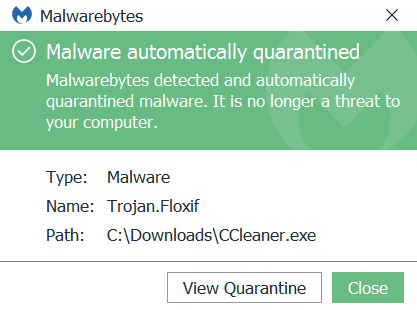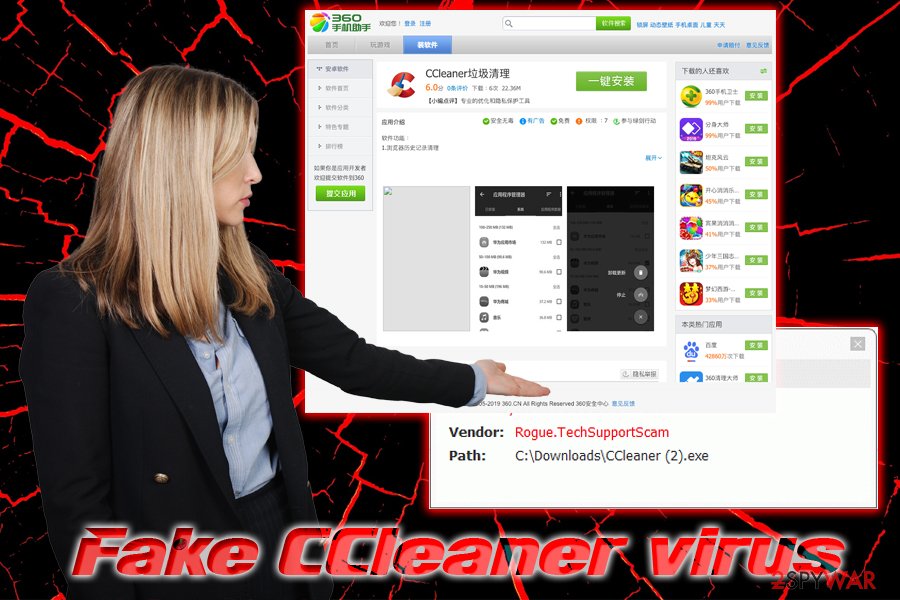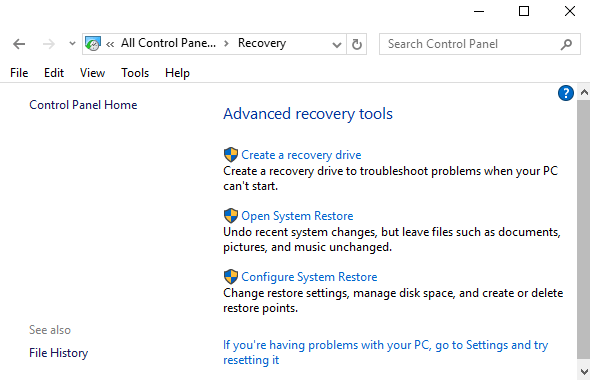

- #CHECK CCLEANER MALWARE HOW TO#
- #CHECK CCLEANER MALWARE SOFTWARE#
- #CHECK CCLEANER MALWARE PC#
- #CHECK CCLEANER MALWARE DOWNLOAD#
- #CHECK CCLEANER MALWARE FREE#

The version number will display, and if it's not one of the two listed above you've likely been spared.
#CHECK CCLEANER MALWARE SOFTWARE#
To see what version of the software you're running, open it up and look in the upper-left corner. Piriform issued a statement saying that versions and were impacted, so updating to either of those would have put you at risk.Ĭheck that version number. So if during that window of time you moseyed on over to Piriform's (the company that makes CCLeaner) website and downloaded the software, you're probably in trouble.Īlso, if you updated your CCleaner software during that almost month-long block of time, things are not looking good.
#CHECK CCLEANER MALWARE HOW TO#
Checking your computerįirst things first: How to determine if you're at risk? According to Cisco Talos, the cybersecurity team that discovered CCLeaner was compromised, the malicious payload was delivered between Augand September 12, 2017. Oh, and some damage may have already been done. However, sorry to say, it's going to be a pain. Also falling squarely in the "good news" category is the fact that if your device was infected, you can clean it right up.
#CHECK CCLEANER MALWARE PC#
Thankfully for you, it's easy to find out if your PC is potentially one of the likely millions affected by this breach.
#CHECK CCLEANER MALWARE FREE#
You thought that by downloading CCleaner, a popular and free app for optimizing PC performance, you'd sweep out those digital cobwebs and be zipping around your trusty Windows machine at lightening speeds in no time.īut then CCleaner was compromised by hackers, and you learned that by installing it, you may have actually loaded malware onto your computer. RELATED: The Ultimate Checklist Guide to Reinstalling Windows on Your PCĪlternatively, they say, you can reinstall Windows completely-yes, it’s a bit of a nuclear option, but it’s the only way to completely know your system is clean after an event like this.All you wanted was a faster computer. You should probably run an antivirus and MalwareBytes scan on your system and your backups to ensure no malware is left installed. While nothing immediately harmful was discovered, Cisco Talos recommends restoring your system to a state before Augfrom a backup if you were affected.

If that key exists, it means you had the infected software on your system at one point in time.) What Should I Do? (If you’re comfortable going into the registry, you can open Registry Editor and navigate to HKLM\SOFTWARE\Piriform and see if there is a key labeled Agomo:MUID. If that version is 5.34 or later, your current version isn’t affected, but if you updated CCleaner in between August 15th and September 12th, and are on a 32-bit system, you may still have been affected.
#CHECK CCLEANER MALWARE DOWNLOAD#
If that version is before version , then you are not affected, and you should manually download the latest version now. Open CCleaner and look in the top-left corner of the window-you should see a version number under the program name.

If you are on a 32-bit version of Windows and think you might have downloaded CCleaner during the affected timeframe, here’s how to check what version you have. ( Update: A few days after this news broke, a second payload was discovered that affected 64-bit users-but it was a targeted attack against tech companies, so it’s unlikely most home users were affected.) Since many users likely use the 64-bit version of the application, and CCleaner Free does not automatically update, this is good news for a lot of people.


 0 kommentar(er)
0 kommentar(er)
